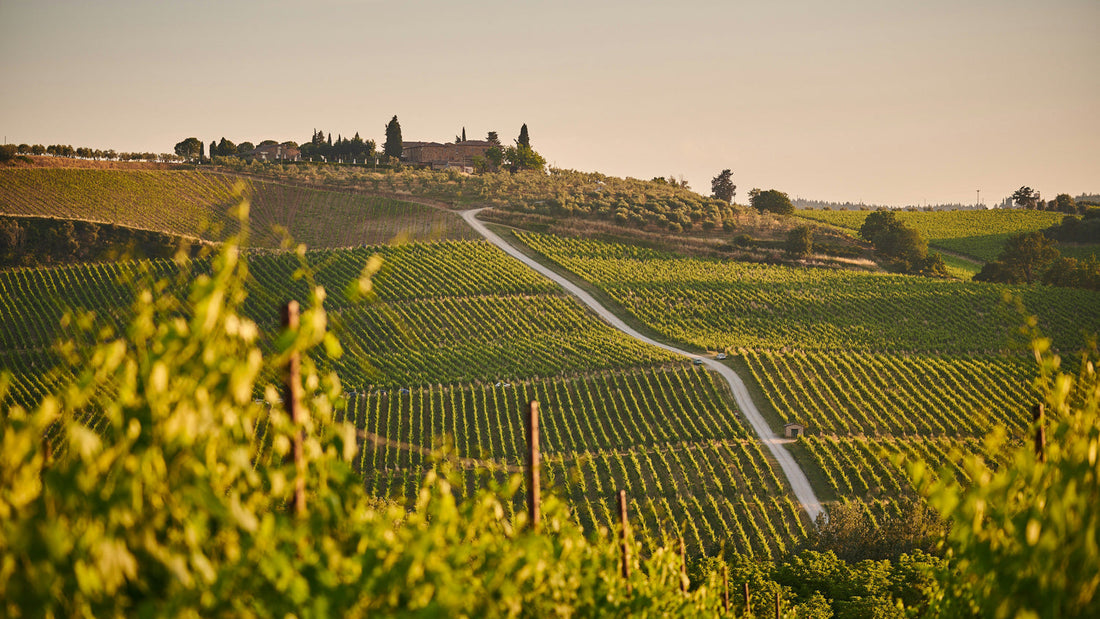A Brief History of Chianti Wine
The Chianti region, located in Tuscany, Italy, is one of the most historic wine regions in the world. Chianti wines have been produced since the 13th century, with the Chianti Classico designation established in 1716 by Grand Duke Cosimo III de’ Medici. The region gained international fame in the 20th century, evolving from rustic, straw-wrapped bottles to refined, high-quality wines that compete on the global stage.
Common Grapes Grown in Chianti
- Sangiovese – The backbone of Chianti, delivering flavors of red cherry, plum, and earthy spice.
- Canaiolo & Colorino – Traditionally blended with Sangiovese to add softness and depth.
- International grapes (Merlot, Cabernet Sauvignon) – Used in Chianti Superiore and Chianti Classico Gran Selezione for added complexity.
Winemaking Techniques in Chianti
- Extended maceration – Extracts tannins and deepens flavors.
- Aging in oak barrels – Chianti Classico is aged in Slavonian or French oak, adding notes of vanilla and spice.
Classification system:
- Chianti Classico (higher quality, must contain at least 80% Sangiovese)
- Chianti Riserva (aged longer, more structured)
- Chianti Gran Selezione (top-tier wines from the best vineyards)
Food Pairings with Chianti Wines
- Chianti Classico – Pairs beautifully with pasta in tomato-based sauces, grilled meats, and aged cheeses like Pecorino Toscano.
- Chianti Riserva – Perfect with braised meats, wild game, and mushroom risotto.
- Chianti Superiore – Great for pizza, charcuterie, and roasted vegetables.
- Chianti’s balance of acidity, fruit, and structure makes it an excellent food wine, ideal for classic Italian cuisine.

